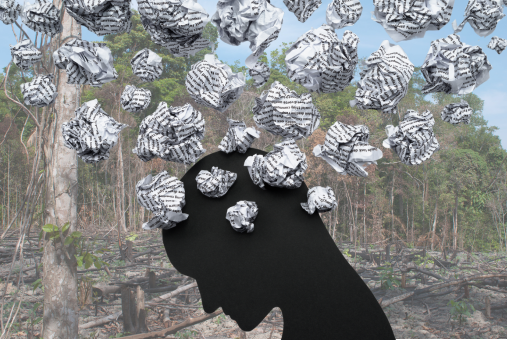
Preliminary data from a global survey with climate journalists reveals 60% show symptoms of psychological stress. Meanwhile, journalists said newsrooms do not offer adequate support.

Leading investigative journalist Hyury Potter shares his experiences of reporting in the Amazon, along with lessons and advice he has gathered throughout his career.
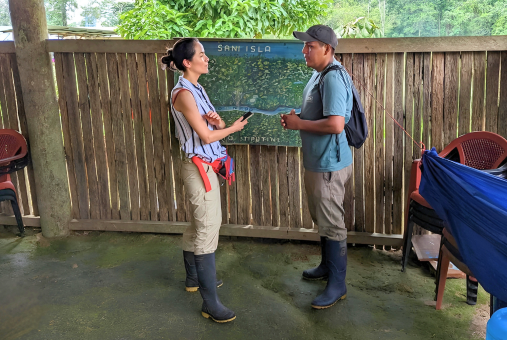
The network of more than 90 environmental journalists — known as PUMA — builds on Mongabay’s eight years reporting across the region. They plan to collaborate on shared challenges like a crisis of funding, threats by criminal groups and censorship by powerful interests.
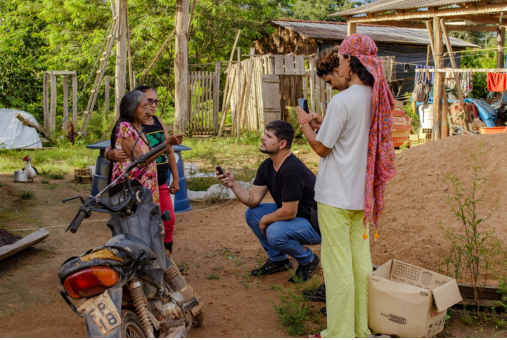
News outlets in the Brazilian state of Pará, a gateway to the Amazon and the host state of the UN Climate Change Conference, also face logistical challenges and local expectations.
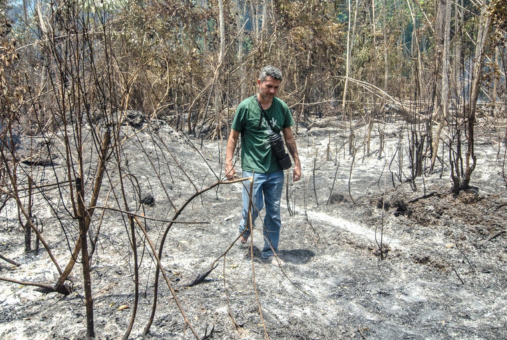
Working independently and without the consistent backing of a newsroom, reporters say they are motivated to cover these issues out of a desire to shed light on problems and create change.
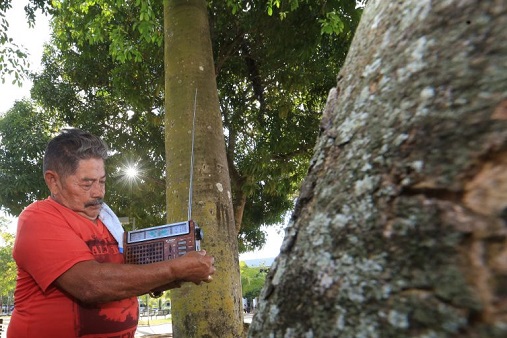
A map by InfoAmazonia shows dozens of independent radio stations broadcasting from remote rainforest communities. Despite financial pressures, many confront agribusinesses while highlighting Indigenous and environmental rights.
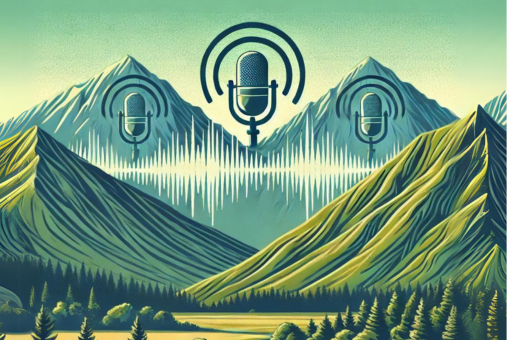
The creators behind Periodismo de lo posible are rethinking what it means to have an impact with journalism, looking beyond clicks and efforts to go viral.

The free online course “Climate Solutions Journalism: A Community-informed & Equity-focused Approach,” will equip you to make a real impact by focusing on practical solutions for everyday climate issues.

LJR spoke with Brazilian researcher and professor Eloisa Beling Loose about how journalism can deepen the discussion on climate change. She highlighted the importance of addressing both the consequences and causes of the climate crisis, as well as disaster prevention. Loose suggests that journalists incorporate care of the environment into their coverage and value traditional knowledge about the environment.
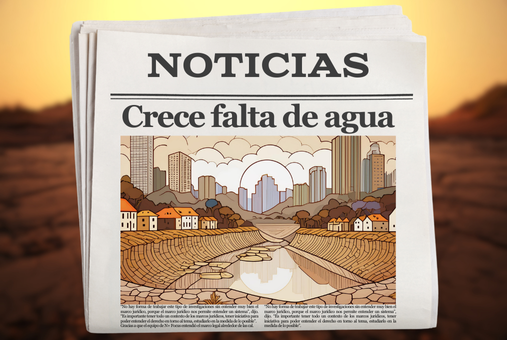
Disinformation and obstacles to accessing public information are some of the challenges that journalists from Bolivia, Colombia and Mexico have faced when covering issues related to water. Reporters shared recommendations to improve coverage of the water crisis, including the use of long-term and long-form reporting.
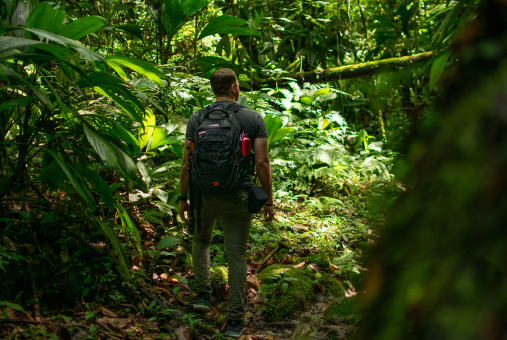
On the occasion of World Press Freedom Day, which marks the theme “Journalism in the face of the climate crisis” this year, LJR presents a compilation of open opportunities for Latin American journalists covering environmental issues. They include everything from reporting grants to mentorship to awards of different levels.

The connection between press freedom and the many challenges facing the planet – including climate change – is the theme for the 2024 World Press Freedom Day. Under the motto “A Press for the Planet: Journalism in the face of the environmental crisis,” May 3 arrives with discussions on how to guarantee journalists’ work as well as strategies to confront disinformation and denial of climate change.